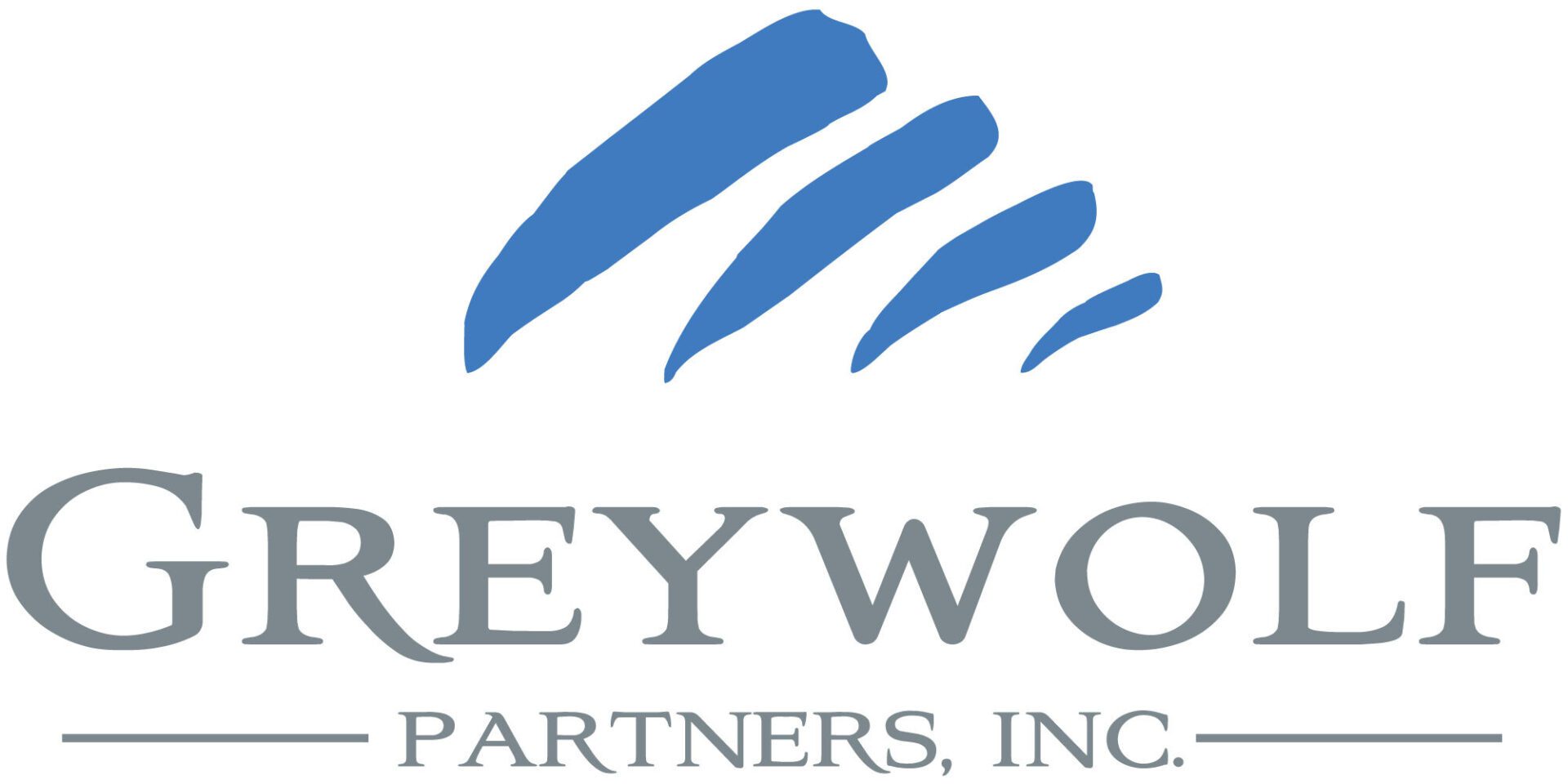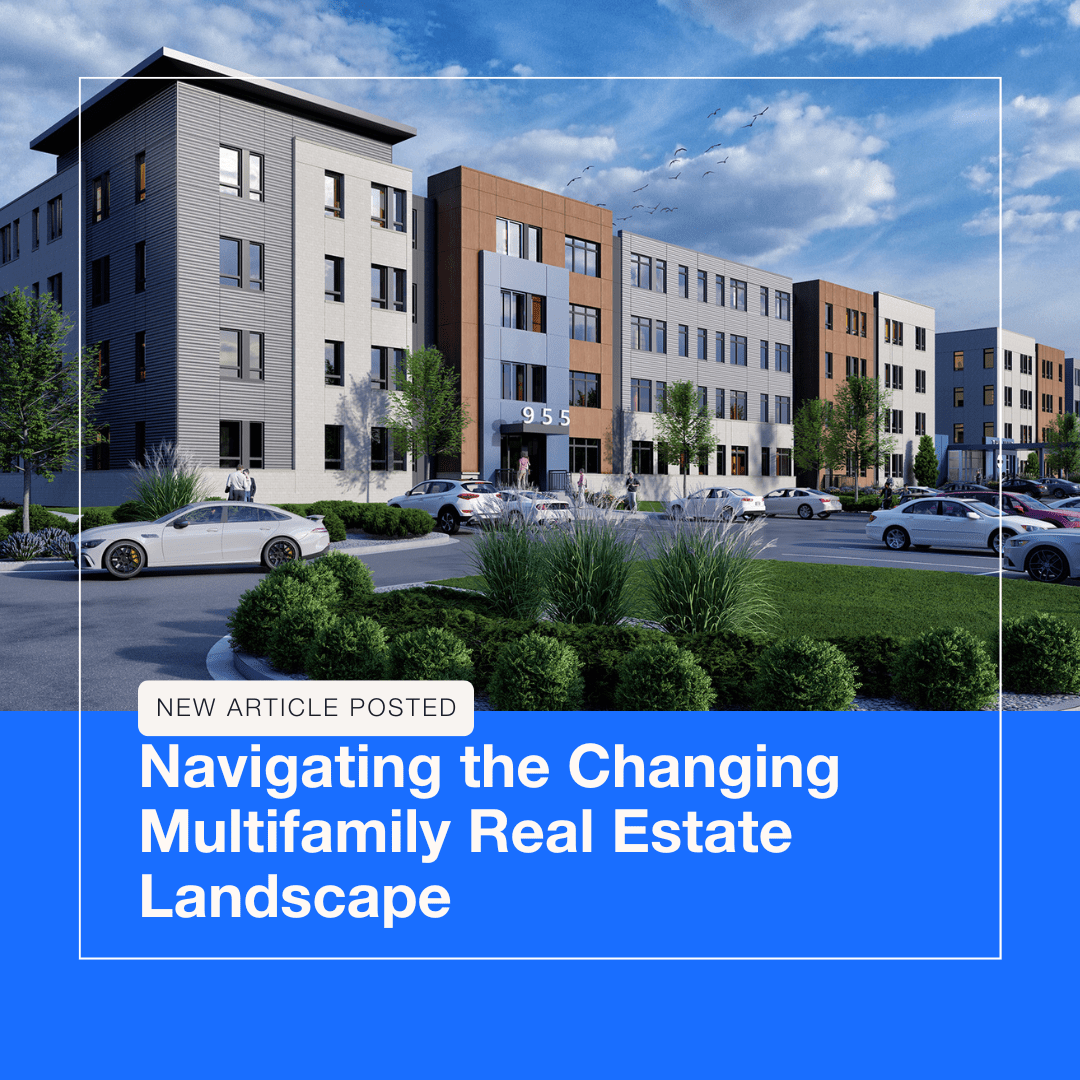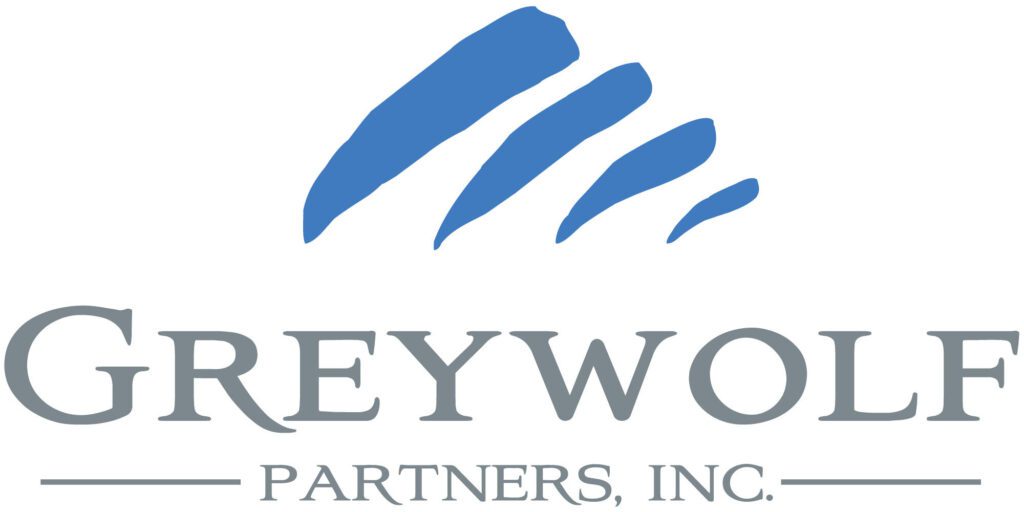As the landscape of real estate continues to evolve, the multifamily sector stands at the forefront of innovation and adaptability. This sector has witnessed a surge in popularity, due to changing preferences and demands of rental residents, who are reshaping how they choose to live. These trends are also ones that are having an impact on investors in this property type across the market.
Highlighting the Trends
The multifamily sector is undergoing a transformation, driven by a combination of trends. One of the prominent factors is the escalating demand for apartments, fueled by changing lifestyles and a growing preference for the convenience of rental living. This shift is also influenced by the rising costs of homeownership, making the choice not to own more widely accepted and understood than previously. Additionally, multifamily developers, owners and managers are addressing the challenges posed by high construction costs and interest rates by exploring more creative approaches. They are seeking innovative solutions to enhance cost-effectiveness and sustainability while ensuring a high standard of living for residents.
“With construction costs continuing to grow, we have become more innovative in how we attract and retain residents to our properties compared to our competitors,” explained Susan Ipsarides, Vice President of Multifamily for Greywolf Partners, Inc. “We find ways, such as highlighting the expanded levels of amenities offered, as well as our higher-end building materials, which last longer and are more aesthetically pleasing.”
The construction and renovation of multifamily projects is marked by several noteworthy trends. One includes utilizing higher-end materials, but it is not the only trend happening. The move towards smaller sized units is becoming increasingly common. Residents will consider having a smaller unit, but that needs to be coupled with an extensive array of amenities to provide an all-encompassing living experience.
Another trend is the focus on “in fill” urban developments, where existing vacant or underutilized spaces in urban areas are repurposed into multifamily communities. This trend not only addresses the demand for housing in densely populated areas, but also contributes to the revitalization and growth of urban neighborhoods.
Wisconsin: A Promising Outlook
The multifamily sector offers promising opportunities for investors, particularly in specific regions experiencing surging demand. In the Milwaukee and Madison markets, specifically along the I-94 corridor, the demand for multifamily housing is accelerating, and expected to continue growing.
Across the state in Eau Claire, this is an area that is also seeing continued demand and provides a potentially untapped market for investors to capitalize.
“As we are growing our multifamily portfolio, we’re constantly evaluating what is going on in the market and where we see demand being the greatest,” notes Ipsarides. “For example, our new development, Station 955, in Eau Claire, serves a dual purpose that we feel will fill both the overall market as well as the significant student populations at UW – Eau Claire and Chippewa Valley Technical College.”
Understanding the unique needs and preferences of each location is crucial for investors to make informed decisions. By aligning their strategies with the demands of the communities they serve, investors can unlock the true potential of their multifamily projects.
Renting Considerations & Key Benefits
For prospective residents, renting a multifamily unit requires thoughtful consideration. Location is a major consideration, as it significantly impacts daily life and accessibility to local amenities. Additionally, residents should assess how a particular multifamily community aligns with their current and future life goals, ensuring that the space meets both their current as well as long-term needs. Finally, it is also crucial to consider the budget. It is essential for prospective residents to set a realistic budget and assess whether a rental property provides them with good value for their money, which results in an enjoyable and fulfilling living experience.
Another item that can factor into whether or not to rent is if the property has on-site management or not. Well-run, well-maintained properties don’t manage themselves. A dedicated on-site management team that prioritizes customer service ensures that residents’ needs are promptly addressed. This community-centric focus fosters a sense of belonging, ensuring that residents feel a genuine connection to their living space and surroundings. Not only is it a benefit to residents, but also the long-term well-being of the owner’s investment.
If you are interested in learning more about multifamily management at Greywolf Partners, Inc. or any of its current properties, please contact susan.ipsarides@greywp.com, or visit greywolfpartners.com.


